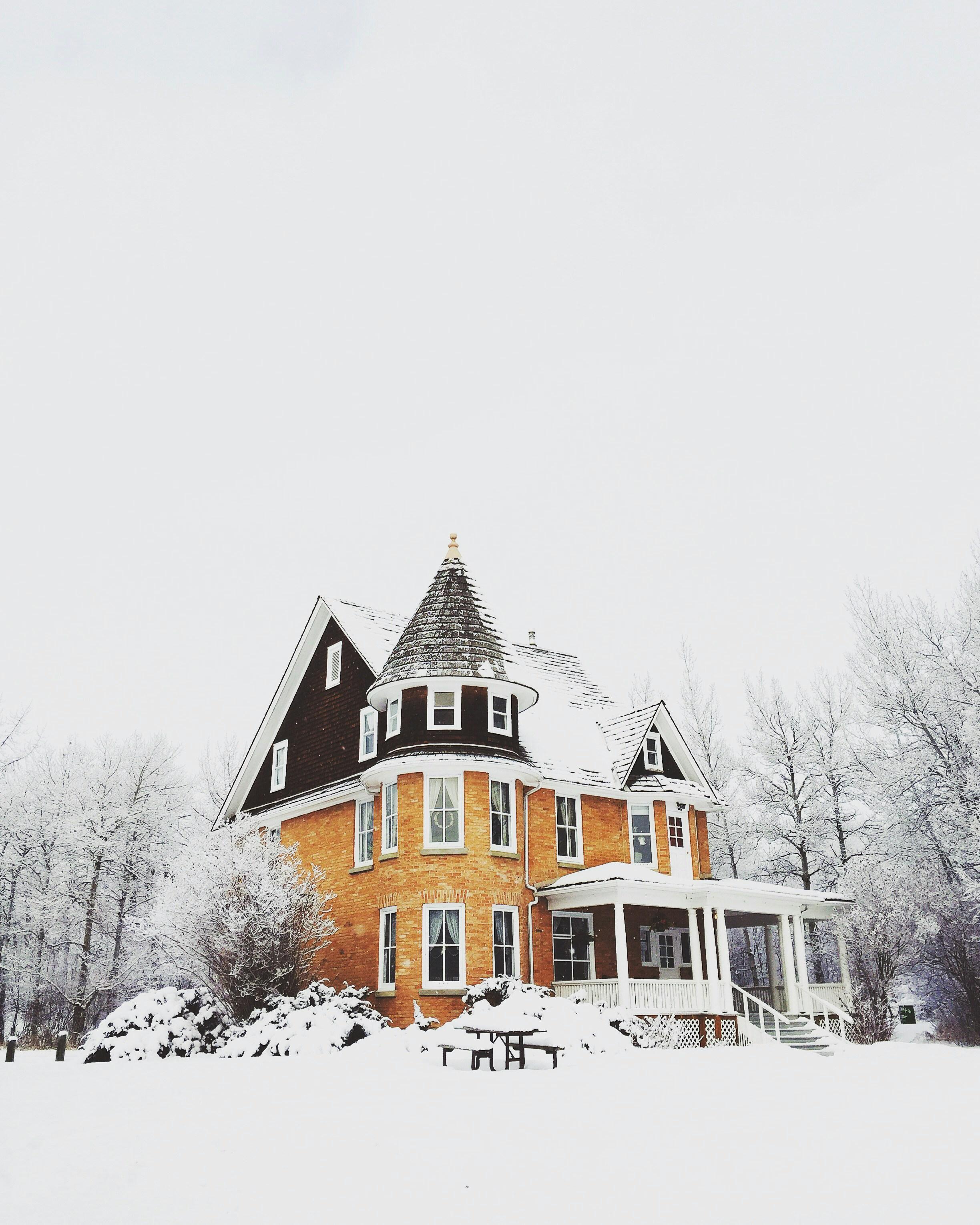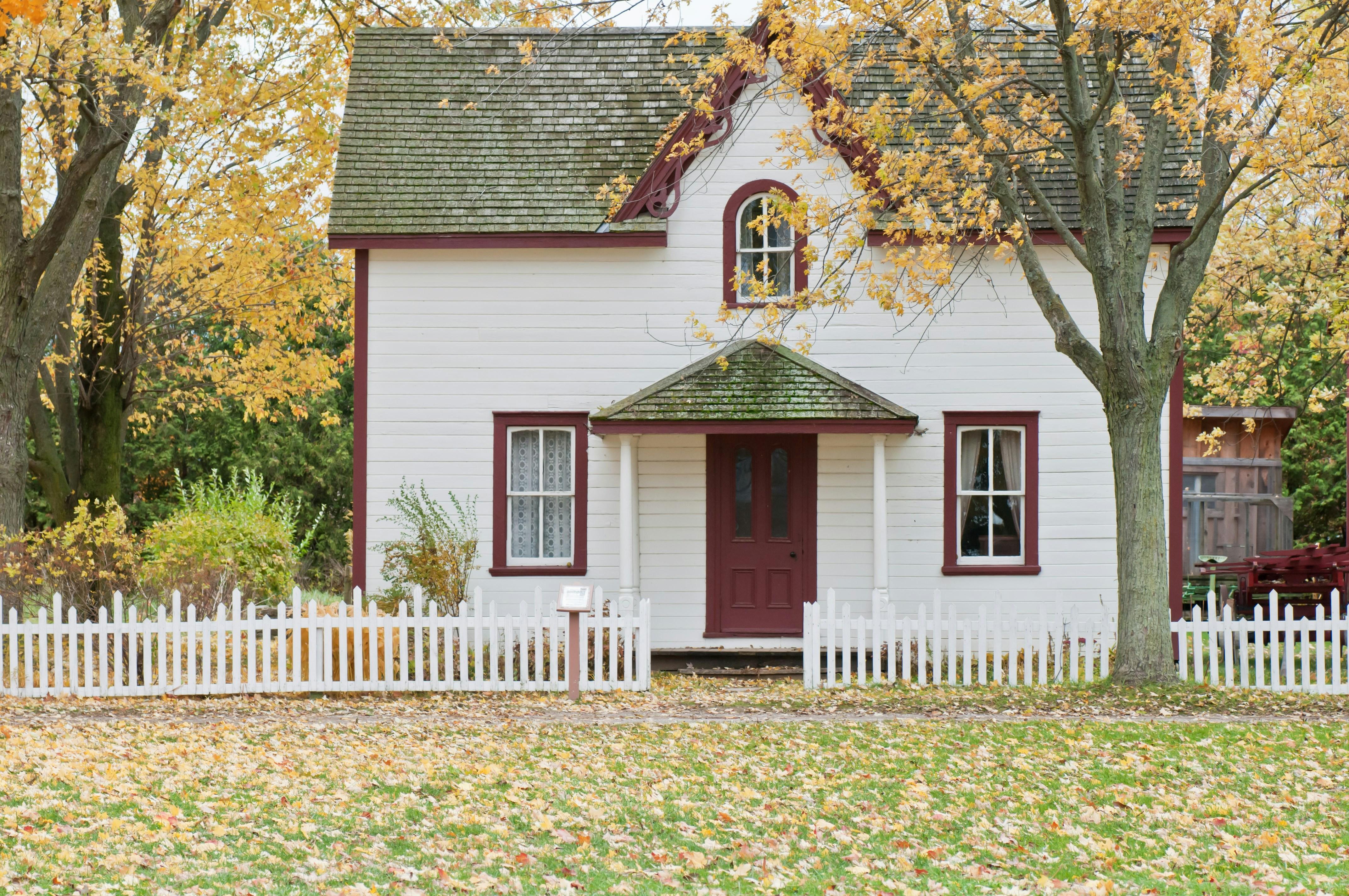In recent years, the horror genre has evolved beyond its traditional confines of jump scares and supernatural elements, embracing narratives that delve into the psychological and emotional depths of fear. Among these modern interpretations, “The Haunting of Hill House,” both in its literary form by Shirley Jackson and its adaptation as a Netflix series, stands out as a seminal work that encapsulates the essence of realistic horror. By intertwining familial trauma, mental health struggles, and the unsettling ambiguity of perception, this story transcends the conventional haunted house trope, inviting audiences to confront the darker facets of human experience. This article aims to dissect the elements that contribute to its pervasive sense of dread, exploring how “The Haunting of Hill House” uses the familiar to invoke fear and reflect the complexities of real-world anxieties. Through an analytical lens, we will examine how this narrative redefines horror by grounding it in the authenticity of personal and collective human fears, thus making the terror it evokes all the more palpable and enduring.
Exploring Psychological Depths and Emotional Complexity
The series masterfully delves into the intricate psychological layers of its characters, drawing viewers into a world where emotional complexity is as haunting as the supernatural elements. Each character’s journey is a study in grief, trauma, and family dynamics, woven together with an authenticity that challenges the viewer to confront their own fears and unresolved emotions. The narrative doesn’t rely solely on traditional horror tropes but instead uses them as a backdrop to explore the deeper, often darker aspects of the human psyche.
- Fear of the Unknown: The ambiguity surrounding the supernatural occurrences mirrors the characters’ internal struggles, creating a tension that is both eerie and relatable.
- Family Ties and Tensions: The series illustrates how past traumas can ripple through familial relationships, affecting each member in unique and profound ways.
- Personal Demons: Characters are haunted by their own psychological demons, which often manifest in terrifyingly real ways, challenging their perceptions of reality.
By intertwining these elements, “The Haunting of Hill House” transcends the typical horror narrative, offering a nuanced portrayal of human vulnerability. The series becomes a canvas for exploring the fragility of the human mind and the complex interplay of memory and perception, leaving a lasting impact that resonates long after the final episode.
Analyzing the Role of Unreliable Narratives
In Shirley Jackson‘s The Haunting of Hill House, the use of unreliable narratives plays a pivotal role in crafting its chilling atmosphere. The story unfolds through the fragmented and often subjective perceptions of its characters, particularly Eleanor Vance, whose psychological instability blurs the lines between reality and illusion. This narrative technique creates a labyrinthine experience for readers, compelling them to question the authenticity of events as they delve deeper into the mysteries of Hill House.
- Subjective Reality: Eleanor’s perspective is riddled with ambiguity, forcing readers to interpret the events through her unreliable lens.
- Psychological Tension: The characters’ varying perceptions of the house’s haunting elements amplify the horror by creating a sense of unease and distrust.
- Fragmented Storytelling: The disjointed narrative structure mirrors the chaos and confusion experienced by the characters, enhancing the story’s psychological depth.
This narrative approach not only intensifies the horror but also invites readers to engage in a deeper exploration of the characters’ psyches, ultimately questioning the very nature of fear and reality.

Understanding Familial Dynamics and Trauma
The portrayal of family relationships in “The Haunting of Hill House” serves as a powerful lens through which the series explores the intricate web of trauma and its lasting impact. Unlike traditional horror narratives, this story delves deep into the personal and emotional realms of its characters, presenting a hauntingly realistic depiction of how familial bonds can both nurture and fracture. The Crain family, at the heart of the story, experiences a cascade of supernatural events that serve as a metaphor for the unresolved traumas and emotional scars each member carries. Through this narrative, the series underscores the idea that horror often resides not in the spectral, but in the familiar, in the places we call home, and in the relationships we hold dear.
- Intergenerational Trauma: The series highlights how the past can seep into the present, affecting relationships and individual psyche.
- Sibling Dynamics: Each sibling in the Crain family reacts differently to their shared experiences, showcasing the diverse ways trauma manifests and is coped with.
- Parental Influence: The roles of the parents in shaping their children’s experiences and perceptions are pivotal, demonstrating how protective intentions can sometimes lead to unforeseen consequences.
By weaving these elements into its narrative, “The Haunting of Hill House” transforms familial dynamics into a rich tapestry of emotional depth, inviting viewers to reflect on their own relationships and the ghosts that linger within them.

Examining Cinematic Techniques and Atmosphere
In “The Haunting of Hill House,” the creators employ a masterful blend of cinematic techniques to cultivate a palpable atmosphere of dread and realism. Lighting plays a crucial role in this, with the series often shrouded in dim, naturalistic light that evokes a sense of unease. Shadows are used strategically to obscure and reveal, creating a visual tension that mirrors the narrative’s psychological complexities. Camera angles are another tool in the arsenal, with frequent use of tight, claustrophobic shots that intensify the characters’ emotional states and invite the audience to share in their discomfort. The series also uses long, unbroken takes to heighten suspense, allowing scenes to unfold in real-time and immersing viewers in the characters’ world.
- Sound Design: Ambient sounds and subtle audio cues enhance the eerie atmosphere, making silence as menacing as any supernatural occurrence.
- Set Design: The titular Hill House itself is a character, with its gothic architecture and intricate details adding layers of authenticity and history.
- Color Palette: Muted and desaturated tones contribute to the series’ somber mood, reflecting the characters’ inner turmoil.
These techniques, combined with a non-linear narrative structure, invite viewers to piece together the story much like a puzzle, deepening the engagement and amplifying the horror. By grounding supernatural elements in the characters’ personal traumas, the series crafts a horror that feels both immediate and hauntingly real.
